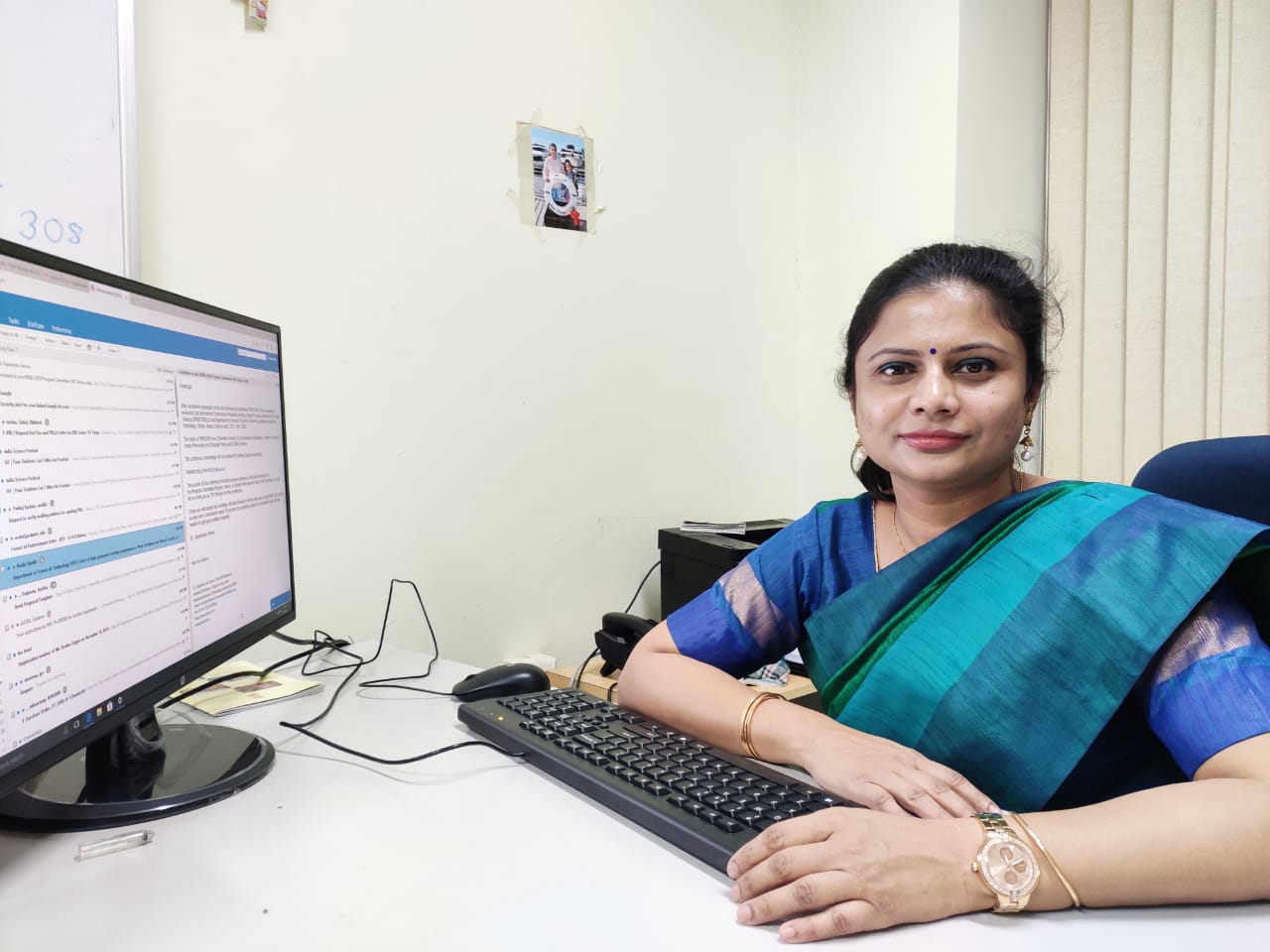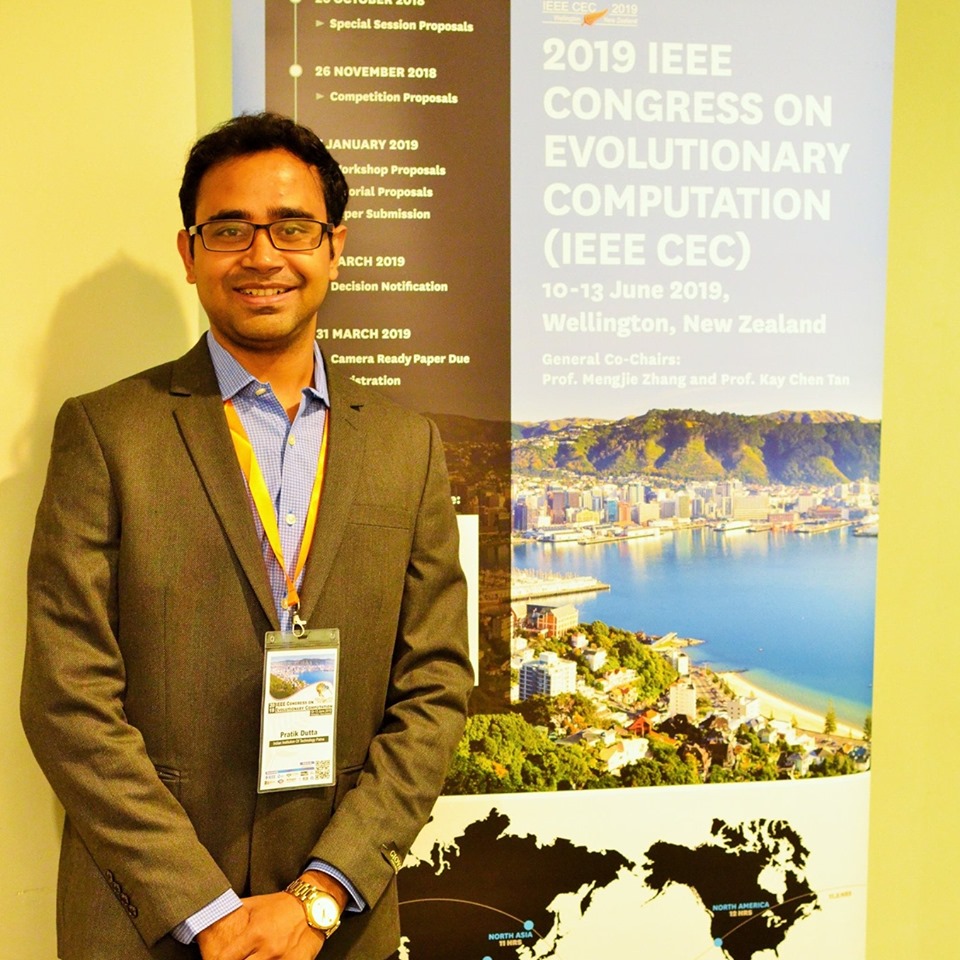Presenters

Dr. Sriparna Saha
Associate Professor, Departmment of Computer Science and Engineering, INDIAN INSTITUTE of TECHNOLOGY PatnaDr. Sriparna Saha research interests include machine learning, multi-objective optimization, evolutionary techniques, text mining and biomedical information extraction. She is the recipient of the Google India Women in Engineering Award, 2008, NASI YOUNG SCIENTIST PLATINUM JUBILEE AWARD 2016, BIRD Award 2016, IEI Young Engineers’ Award 2016, Humboldt Research Fellowship 2016, Indo-U.S. Fellowship for Women in STEMM (WISTEMM) Women Overseas Fellowship program 2018, SERB WOMEN IN EXCELLENCE AWARD 2018, SERB Early Career Research Award 2018, DUO-India fellowship 2020, and CNRS fellowship. She has published papers on those topics in reputed fora like IEEE/ACM Transactions on Computational Biology and Bioinformatics, IEEE Intelligent Systems, IEEE Computational Intelligence Magazine, Scientific Reports, ACM Transactions on Knowledge Discovery from Data, ECIR and many more.

Pratik Dutta
Visvesvaraya Research Fellow, Departmment of Computer Science and Engineering, INDIAN INSTITUTE of TECHNOLOGY PatnaMr. Pratik Dutta received his BE and ME degree from Indian Institute of Engineering Science and Technology, Shibpur in 2013 and 2015, respectively. His research interest lies in Computational Biology, Biomedical Natural Language Processing(BioNLP), Protein-protein Interaction, Machine Learning and Deep Learning techniques. He has published various research articles in different prestigious fora like Annual Conference of the Association for Computational Linguistics(ACL), IEEE Congress on Evolutionary Computation (CEC), Scientific Reports, IEEE/ACM Transactions on Computational Biology and Bioinformatics, IEEE Journal of Biomedical and Health Informatics, IEEE Congress on Evolutionary Computation, Elsevier Computers in Biology and Medicine, annd many more.